When I first studied chess I thought it was a golden age for chess literature. There were the classics such as Nimzowitsch’s My System and Reti’s Masters of the Chessboard; a series of publications by Harry Golombek on his heroes Reti, Capablanca, Botvinnik and Smyslov; and Peter Clarke’s wonderful elucidations of the best games of Mikhail Tal and Tigran Petrosian.
In the recent past chess authors have tended to rely too much on computer analysis and databases. Fortunately, we are now in a second golden age, where the computer is the servant rather than the tyrannical master. Garry Kasparov’s mighty My Great Predecessors series on world champions may be the best series of chess books ever written. Tim Harding’s new book on Blackburne, reviewed here last week, is a model of historical research and offers discreet computerised adjustment to the archive commentaries. Meanwhile, Steve Giddins and Craig Pritchett are reinterpreting the work of titans such as Nimzowitsch and Steinitz.
This week I commend a new book by Vladimir Tukmakov, Risk and Bluff in Chess (New in Chess) — one of the most entertaining books on chess I have ever had the pleasure of reading. A powerful grandmaster himself, Tukmakov knew many of his subjects in person and brilliantly evokes their play.
Portisch-Tal: Amsterdam Interzonal 1964; King’s Indian Defence
1 Nf3 Nf6 2 g3 d6 3 d4 g6 4 Bg2 Bg7 5 0-0 0-0 6 c4 Bg4 7 Nc3 Qc8 8 Re1 Re8 9 Qb3 Nc6 10 d5 Na5 11 Qa4 b6 12 Nd2 Bd7 13 Qc2 c6 14 b4 Nxc4 A typical Tal decision. After 14 … Nb7 Black retains a safe but passive position. 15 Nxc4 cxd5 16 Na3 d4 17 Bxa8 Qxa8 18 Ncb5 Rc8 19 Qd1 Ne4 (see diagram 1) 20 f3 For the moment, Portisch retains full control. Also possible was 20 Nxd4 Nc3 21 Qd3 e5 22 Nb3 d5 with what looks like a nice position for Black, if one forgets that he is a rook down! 20 … a6 After 20 … d3 21 Rb1 Rxc1 22 Rxc1 d2 23 fxe4 dxc1Q 24 Qxc1White’s task is simplified. 21 Nxd4 Qd5 22 Be3 Rc3 23 Ndc2 Qf5 24 g4 Qe6 25 Bd4 Tal’s next move is astonishing in its equanimity. 25 … h5 Black has no objectively good moves in this position but one cannot help but admire Tal’s belief in himself. 26 Bxg7 hxg4 27 Nd4 Qd5 28 fxe4 Qxe4 29 Nf3 The first sign of panic although it does not spoil anything. 29 … Qe3+ 30 Kh1 Bc6 31 Rf1 Portisch’s first real mistake proves decisive. 31 Qd4 and 31 Nc2 both won. 31 … Rxa3 31 … gxf3 was stronger. After 32 exf3 Kxg7 33 Nc2 Bxf3+ 34 Rxf3 Qxf3+ Black is in no danger. 32 Qc1 32 Rc1 left White better. Now it’s equal. 32 … gxf3 33 Qxc6 Qxe2 34 Rg1 Kxg7 White has an extra rook but has no winning chances. One possible finish is 35 Qc1 f2 36 Qxa3 Qe4+ 37 Rg2 Qe1+ 38 Rxe1 fxe1Q+ 39 Rg1 Qe4+ with perpetual check. 35 Rae1 Qd2 36 Rd1 Qe2 37 Rde1 Qd2 38 Rd1 Qe2 39 Rde1 Draw agreed
This week’s puzzle is taken from the World Blitz won by Alexander Grischuk with 15½/21.
Got something to add? Join the discussion and comment below.
Get 10 issues for just $10
Subscribe to The Spectator Australia today for the next 10 magazine issues, plus full online access, for just $10.
You might disagree with half of it, but you’ll enjoy reading all of it. Try your first month for free, then just $2 a week for the remainder of your first year.

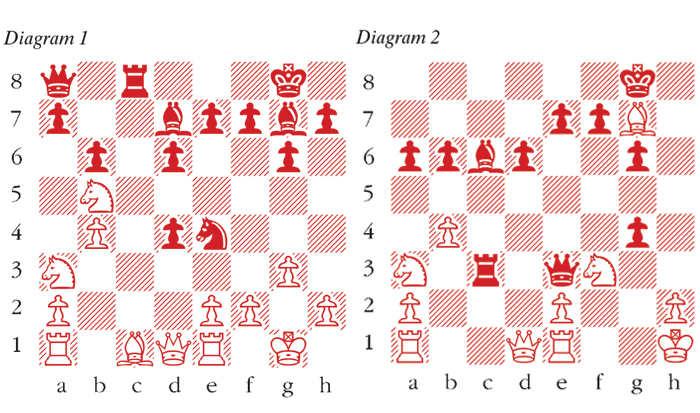
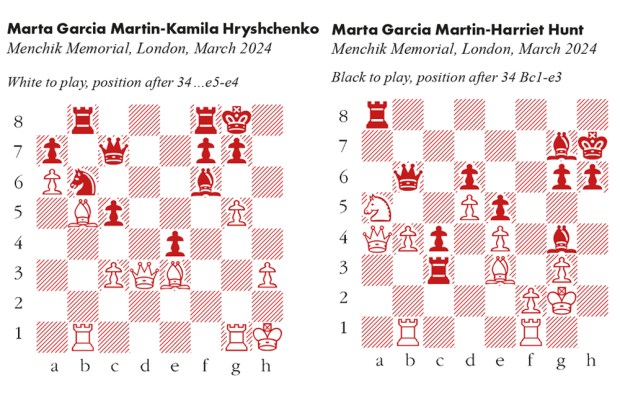

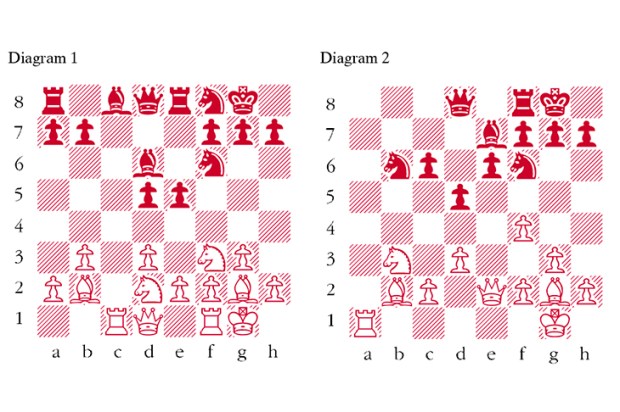
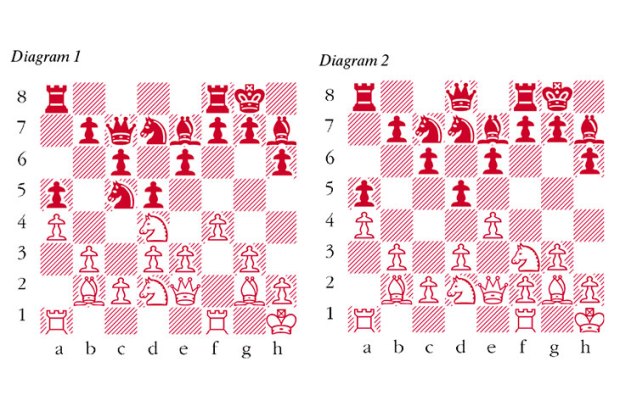
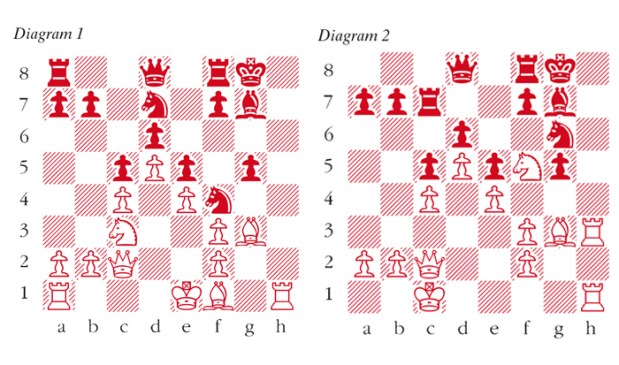
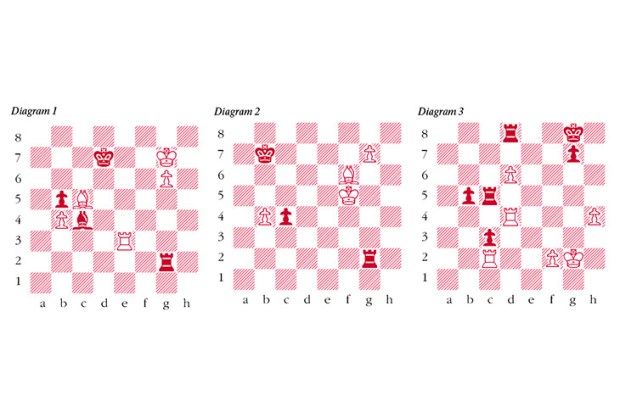






Comments
Don't miss out
Join the conversation with other Spectator Australia readers. Subscribe to leave a comment.
SUBSCRIBEAlready a subscriber? Log in